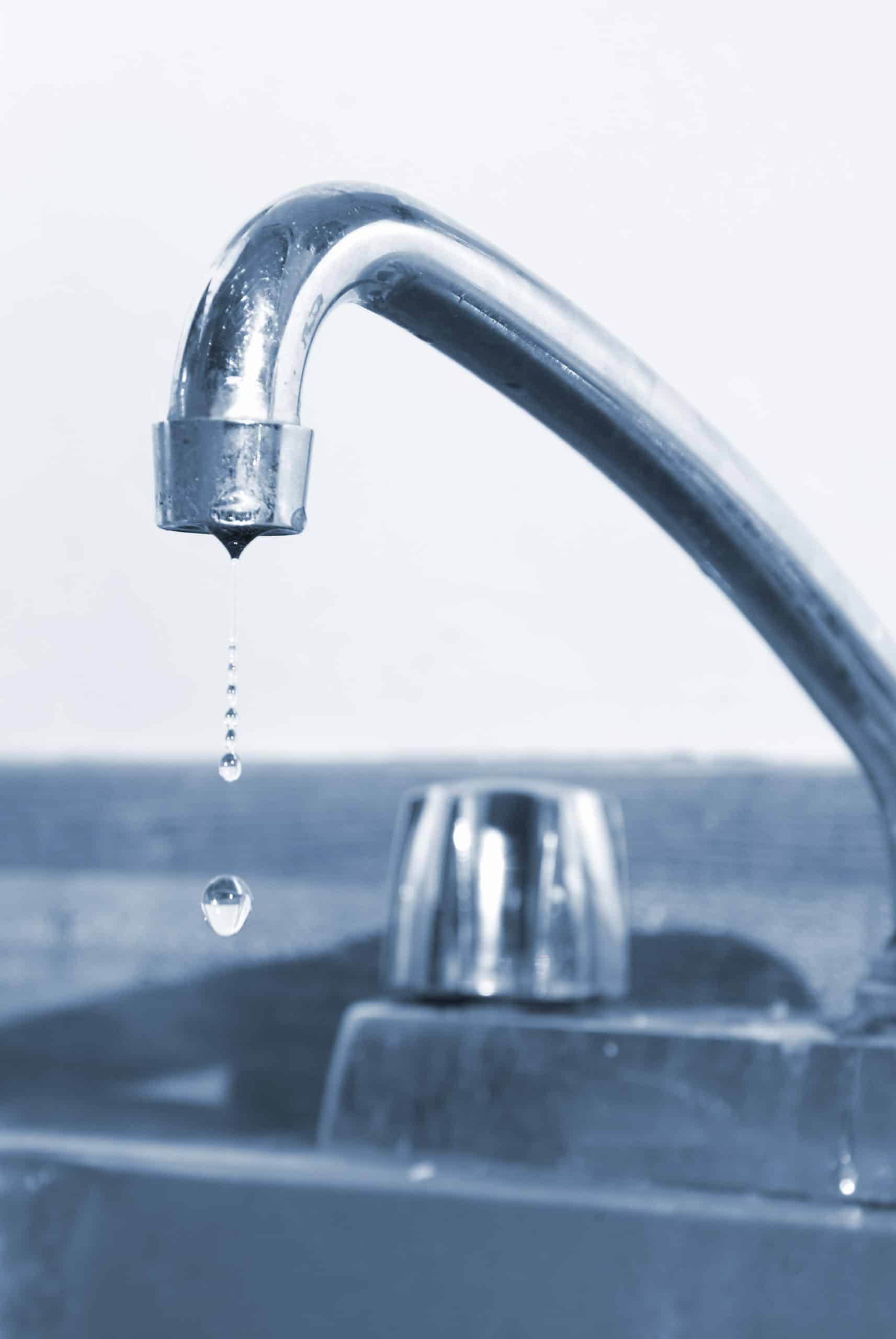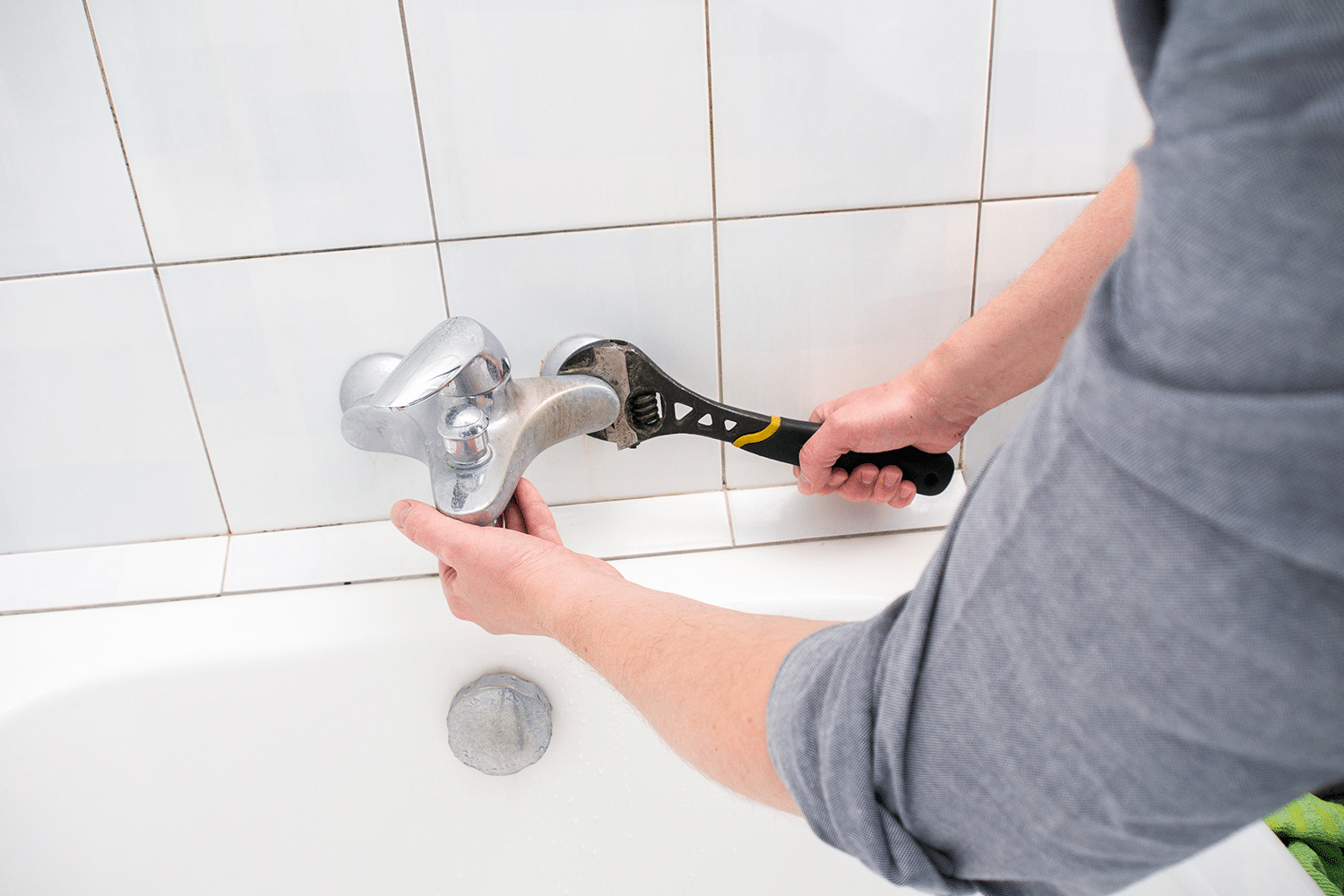We've unearthed this great article involving Leaky Faucets: Why They Happen & What to Do About Them listed below on the net and reckoned it made perfect sense to share it with you here.

Trickling taps may look like a minor inconvenience, however their impact surpasses simply the inconvenience of the sound. From drainage to incurring unnecessary economic expenses and health dangers, disregarding a trickling faucet can cause various consequences. In this write-up, we'll explore why it's crucial to address this usual home concern promptly and successfully.
Wastage of Water
Environmental Impact
Leaking taps contribute substantially to water wastefulness. According to the Environmental Protection Agency (EPA), a single faucet leaking at one drip per secondly can throw away greater than 3,000 gallons of water per year. This not only strains water sources yet also affects environments and wildlife based on them.
Step-by-Step Guide to Repairing a Dripping Faucet
Tools Required
Before trying to deal with a dripping faucet, collect the essential devices, consisting of an adjustable wrench, screwdrivers, substitute components (such as washers or cartridges), and plumber's tape.
Usual Tap Issues and Their Solutions
Identify the kind of faucet and the specific concern triggering the drip. Common troubles include damaged washing machines, corroded valve seats, or defective O-rings. Describe producer instructions or on the internet tutorials for step-by-step support on fixings.
Financial Costs
Boosted Water Bills
Beyond the environmental effect, trickling faucets can pump up water bills significantly. The built up wastefulness with time equates right into higher utility expenses, which can have been prevented with prompt repair work.
Prospective Residential Or Commercial Property Damages
Additionally, long term trickling can bring about harm to components and surface areas bordering the faucet. Water build-up can cause staining, rust, and even structural issues if left neglected, causing extra repair service costs.
Health Problems
Mold And Mildew and Mildew Development
The continuous presence of wetness from a leaking faucet develops a suitable atmosphere for mold and mildew and mildew development. These fungis not just jeopardize interior air high quality yet likewise posture health and wellness threats, specifically for individuals with respiratory system conditions or allergies.
Waterborne Conditions
Stagnant water in dripping taps can come to be a breeding ground for bacteria and various other pathogens, boosting the danger of waterborne conditions. Pollutants such as Legionella germs thrive in stagnant water, possibly leading to severe diseases when ingested or inhaled.
DIY vs. Expert Repair
Benefits and drawbacks of DIY Repair
While some may try to deal with a leaking faucet themselves, DIY repair services include their own collection of difficulties. Without appropriate knowledge and devices, DIY attempts can worsen the problem or cause incomplete fixings, extending the problem.
Advantages of Hiring a Specialist Plumber
Hiring a specialist plumber guarantees that the underlying source of the dripping tap is resolved efficiently. Plumbers possess the knowledge and tools to detect and repair faucet problems successfully, conserving time and minimizing the risk of additional damage.
Ecological Obligation
Specific Payment to Preservation
Taking responsibility for repairing leaking faucets aligns with broader efforts toward water preservation and ecological sustainability. Every person's activities collectively make a significant impact on maintaining priceless sources.
Lasting Living Practices
By focusing on punctual repair work and adopting water-saving habits, people contribute to lasting living techniques that profit both present and future generations.
Preventive Measures
Normal Upkeep Tips
To prevent trickling faucets, perform regular maintenance such as cleansing aerators, checking for leaks, and changing worn-out parts promptly. Furthermore, take into consideration mounting water-saving gadgets or upgrading to much more effective components.
Significance of Prompt Repair Works
Dealing with trickling faucets as quickly as they're observed avoids additional water wastefulness and potential damage, inevitably saving both water and money in the long run.
Influence On Building Worth
Perception of Well-Maintained Residential Or Commercial Property
Preserving a residential property in good condition, including dealing with maintenance issues like trickling faucets, enhances its regarded value and value among possible purchasers or tenants.
Impact on Resale Value
Characteristics with properly maintained plumbing fixtures, consisting of faucets, command greater resale values in the property market. Dealing with trickling faucets can contribute to a positive perception throughout residential property inspections and negotiations.
Final thought
Resolving a dripping faucet surpasses plain convenience; it's a necessary action towards conserving water, decreasing monetary expenses, and securing wellness and residential or commercial property. Whether with do it yourself fixings or specialist aid, taking action to fix trickling taps is a little yet impactful method to promote responsible stewardship of sources and add to a healthier, much more sustainable future.
How to Fix a Dripping or Leaky Faucet
A leaking faucet is one of the most common problems that homeowners encounter, but it being commonplace doesn’t make it any less annoying. The constant drip drip drip of a leaking bathtub faucet, showerhead, or sink tap can disturb your home’s serenity. Left neglected, a dripping faucet can also result in higher water bills and discoloration or mold growth in your sink or plumbing fixtures.
Fortunately, you don’t have to be a trained plumber to know how to stop a dripping faucet. With some basic tools, replacement parts, and a little patience, leaky faucet repair is a breeze. In this article, we’ll explain what causes dripping faucets and how you can fix them.
What Causes a Leaking Faucet?
Kitchen and bathroom faucets come in all manner of designs, but most involve some combination of valves, O-rings, seals, and washers. The O-ring is usually the weakest link, but any one of these pieces can wear down over time. Heat, moisture, temperature fluctuations, minerals, mold, and movement can contribute to warping and corrosion, breaking the watertight seal. This just comes with the territory of being a homeowner. Everything is always subject to wear and tear, and some component parts of your appliances and fixtures need to be replaced on occasion. At least replacement O-rings are cheap!
More rarely, dripping faucets can be a symptom of excessively high water pressure. Were this the case in your home, you would probably notice that the leak is not isolated to one faucet. Water pressure issues are harder to resolve on your own. We recommend contacting a professional plumber if you suspect your water pressure is too high.
How to Fix a Dripping Faucet
Pipe wrench or monkey wrench Allen wrench set Screwdrivers Old towel or rag Shut off the water.
Before you do anything, you need to turn off the water to keep from drenching your kitchen or bathroom. You should find a valve under the sink and against the wall. Once you’ve turned this valve, try turning the faucet on to confirm that the water source has been cut off.
If you can’t locate your local valve for the faucet you’re working on, you can always shut off the water to the house at the main valve. Of course, this will prohibit anyone from using the sinks, showers, or toilets while you’re working on the faucet that’s giving you trouble.
Plug or block the drain.
You’ll be disassembling the faucet and removing some small bits of hardware. Plug the drain with a stopper or rag to avoid the possibility of a small screw falling into your P-trap.
Take apart the faucet assembly.
There are several varieties of kitchen and bathroom faucets, each with its own manner of assembly. For detailed instructions on how to disassemble your faucet, you can refer to the fixture’s manual or contact the manufacturer. If you know whether you have a ball, disc, cartridge, or compression faucet, you can find detailed schematics online.
In general, you need to begin by removing the faucet handles. You might notice a small screw that you’ll need to remove with a screwdriver or Allen wrench. If you don’t see any visible securing hardware, it’s likely hidden under a decorative cap that can be unscrewed or popped off with flathead screwdriver.
Remove each piece methodically, consulting a schematic when necessary. Take notes or arrange the pieces in such a way to make it easier to correctly reassemble the faucet later.
Remove the cartridge.
Once you’ve removed the handles and securing hardware, you should be able to remove the valve cartridge or stem. Some cartridges will slide right out. Other faucet models will require you to loosen a nut with a pipe wrench before you can remove the valve stem.
Examine the exposed hardware.
With the cartridge or stem removed, inspect the component parts. Check the rubber O-rings for wear and tear. Also examine the seat washer for corrosion or other damage. These pieces are usually the responsible parties for a dripping faucet, but it’s worth inspecting the other component parts while you have the faucet disassembled.
Find replacement parts.
Once you’ve identified which faucet component has failed, find an identical replacement. Your local hardware store should have O-rings, seat washers, and other standard components in stock. If you have a luxury or uncommon faucet, you may have to contact the manufacturer for a replacement part.
It’s a good idea to take your old parts with you to the hardware store so you can compare them with the store’s inventory and be sure you’re purchasing the correct replacement.
Reassemble the faucet.
With your new parts in hand, reconstruct the faucet and handles. Don’t be tempted to overtighten screws or nuts. You might think this could create a better seal, but it can instead damage or bend a delicate part of the assembly and create a new problem for you.
Turn on the water and test the faucet.
The only thing left to do is test your work. Unplug the sink, turn the water back on, and try the faucet. Congratulate yourself on a job well done!
https://www.libertyhomeguard.com/how-to-fix-a-dripping-or-leaky-faucet/

We had been made aware of that write-up about from a good friend on our other website. If you please take the time to distribute this blog if you enjoyed reading it. I praise you for your time. Kindly stop by our website back soon.